The Next Key Step In The Modern Fabricator Process: Technological Innovation
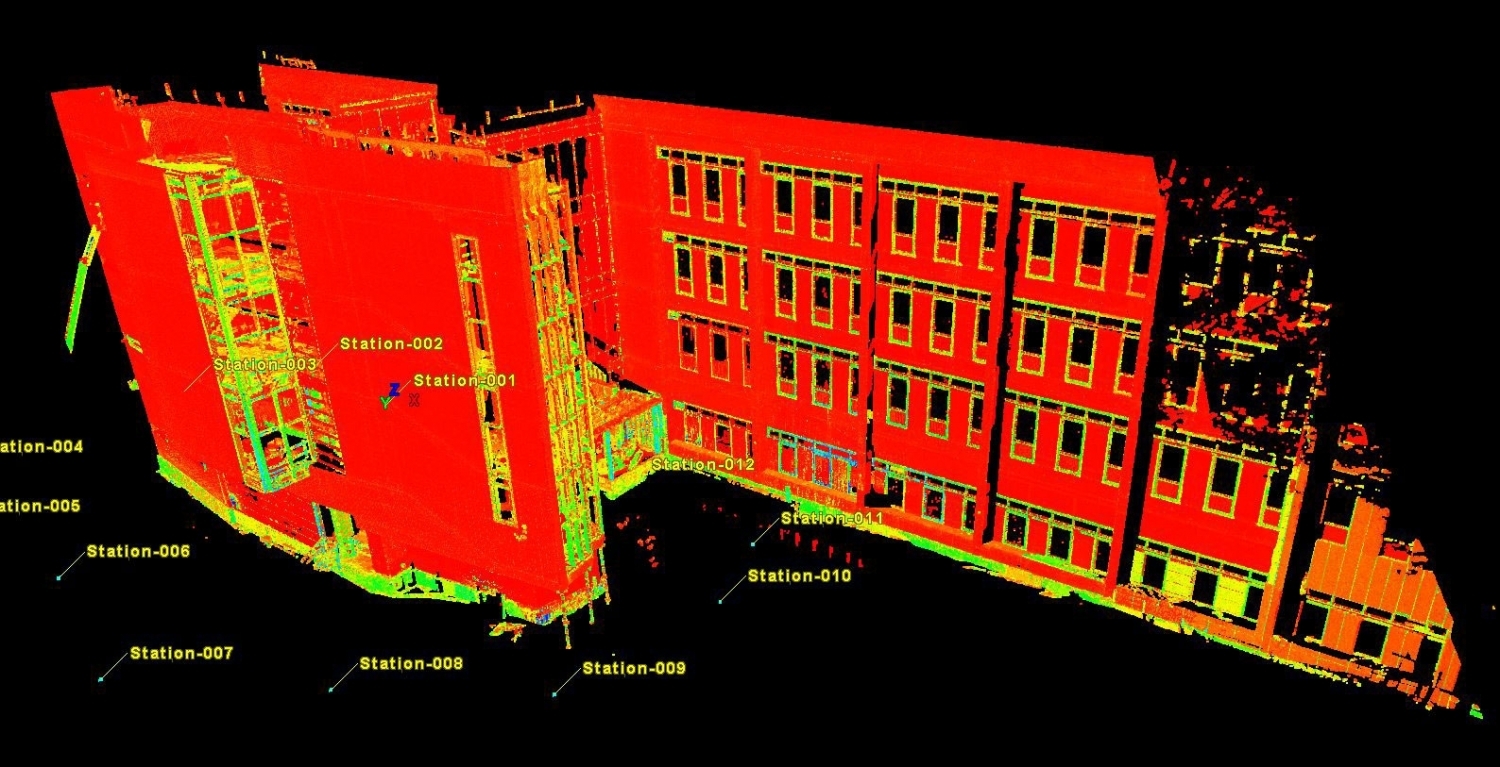
Historically technology innovation in the construction market has trailed other industries due to financial commitment and equipment needs. There are many reasons why the use of technology has dramatically changed the way modern buildings are designed. Technology continues to develop at an amazing rate such that the various stakeholders must keep pace with this constantly evolving dynamic. Technology has created a new design process with metrics brought about by such innovations as Artificial Intelligence (AI) and more in-depth data collection.
For technology to be truly effective in the construction market companies need to be ahead of the curve so that they cannot only solve current tasks but also anticipate the use of technology for future task requirements. AI is only as good as the data collected. The modern fabricator must be aware of how the other stakeholders are using technology in the design process and complement with their own processes. Data collection methodology should be the same or easily translated by all participants.
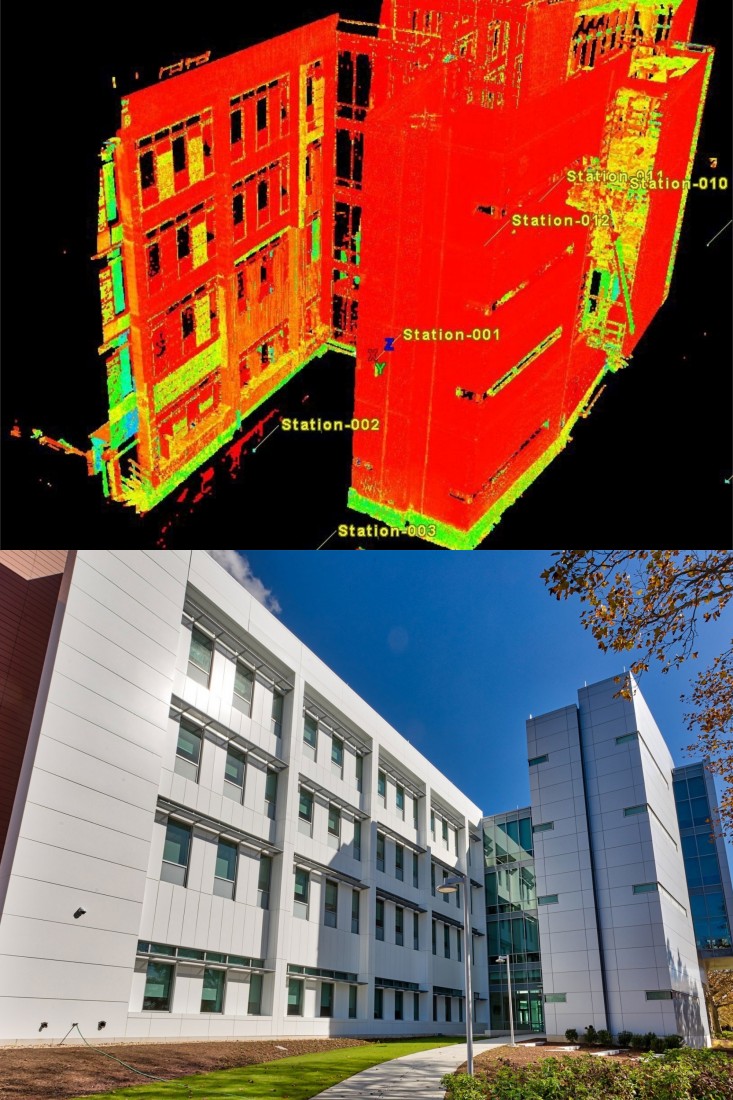
As one of the key stakeholders, the modern fabricator must be equipped with the necessary complementary technological interfaces to maximize the effects of their involvement with the architect and his vision. Technology now allows for a more cohesive way of communication and for better transference of the design vision through its ultimate design execution. Technology now allows for more preconstruction testing, monitoring, cost control and overall streamlining of the design process.
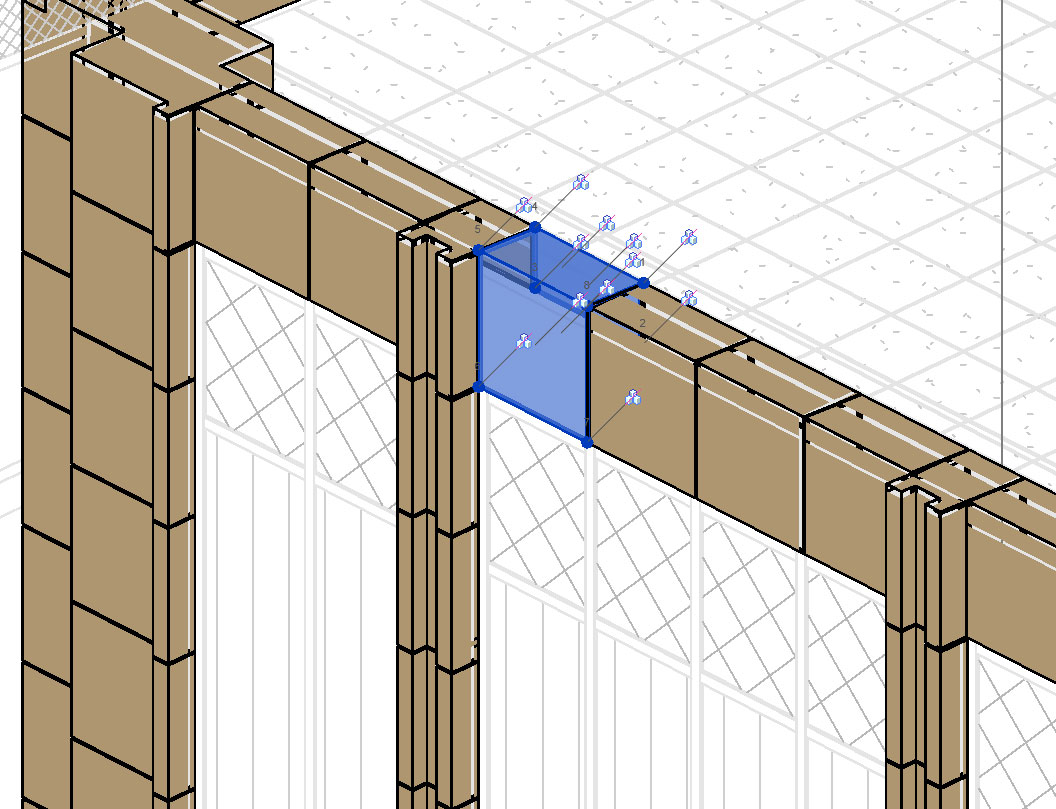
CEI Materials, as a modern fabricator with state of art technologies, has built the following custom in-house design process.
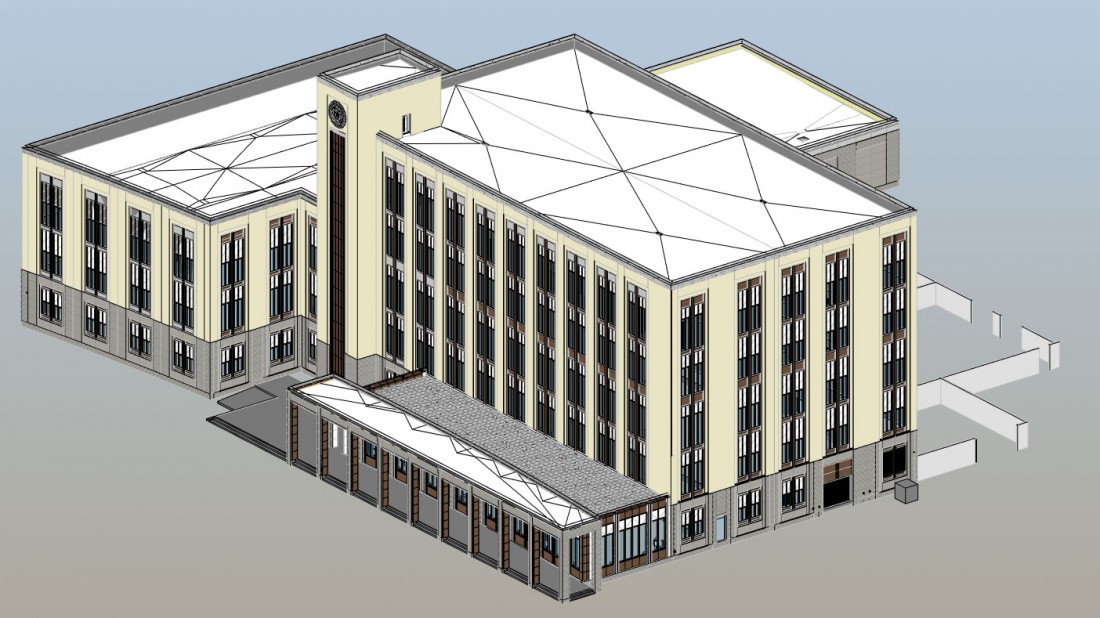
After receiving the architectural drawings in either AutoCAD or Revit, we generate a set of shop drawings detailing the chosen panel system. While CEI Materials’ shops are currently 50/50 AutoCAD vs Revit, the goal is to have fully transitioned to Revit by the end of 2021. Shop drawings are very typical however most of the industry still uses AutoCAD to produce them. This part of the process enables review and approval and allows the architect to confirm that the drawings comply with their design intent.
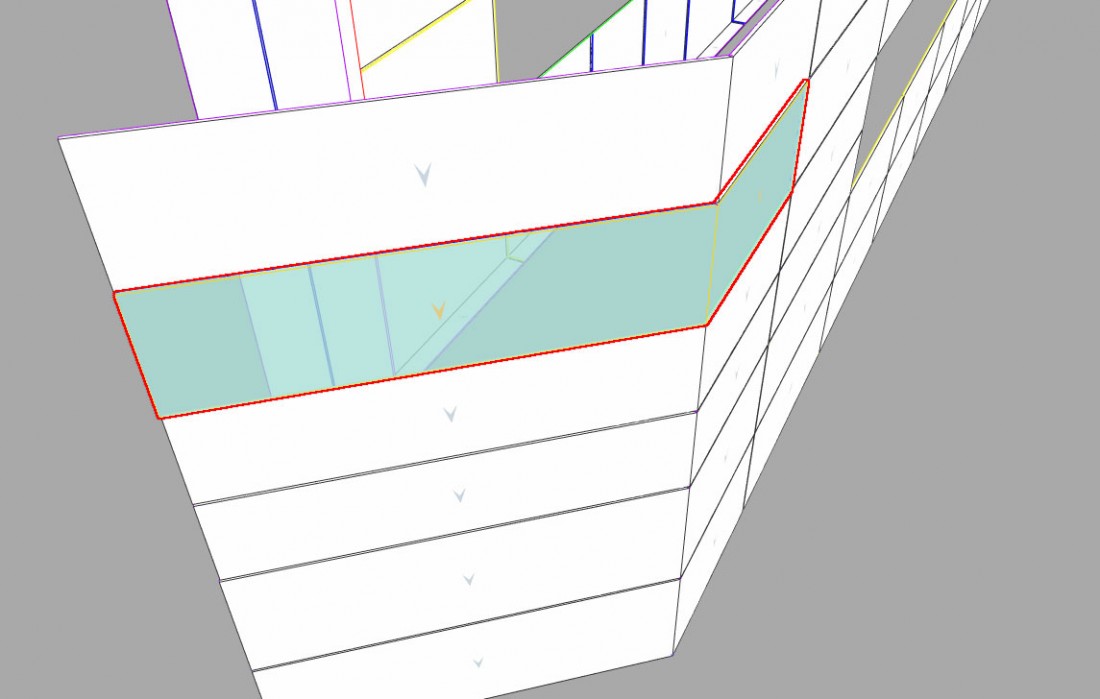
To create as-built drawings for fabrication CEI either imports the three-dimensional model from laser scanning into our BIM model or takes the client’s provided dimensions and imports them into a BIM model system. Creating “point clouds” of data, the 3D scanner can capture the building’s exact shape and size. The data is then imported into BIM software to create the most accurate building measurements possible.
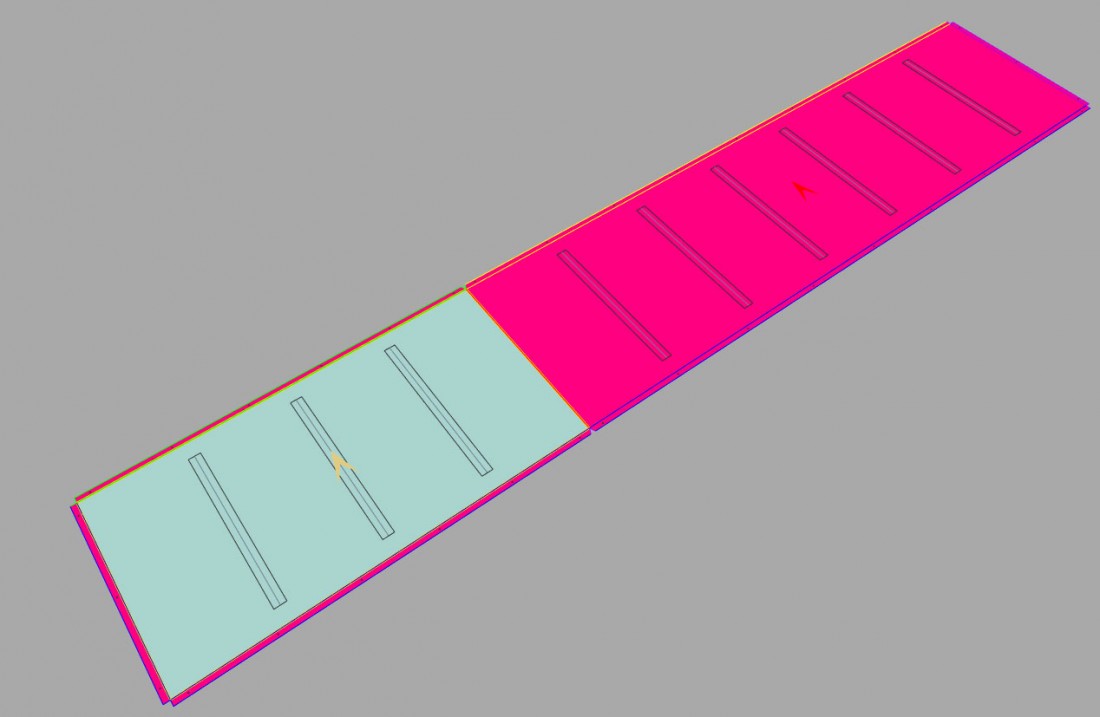
Utilization of the most sophisticated BIM software and scanning technologies allows CEI Materials to seamlessly integrate and help the design, materials, planning, and technical specifications of any project. We create cut files for production using a unique custom built design application. The application allows CEI Materials to flatten 3D objects into cut files that are then uploaded to laser and CNC machines for maximum accuracy.
As building design becomes more complex the various construction stakeholders must evolve and take full advantage of this new emerging market dynamic.


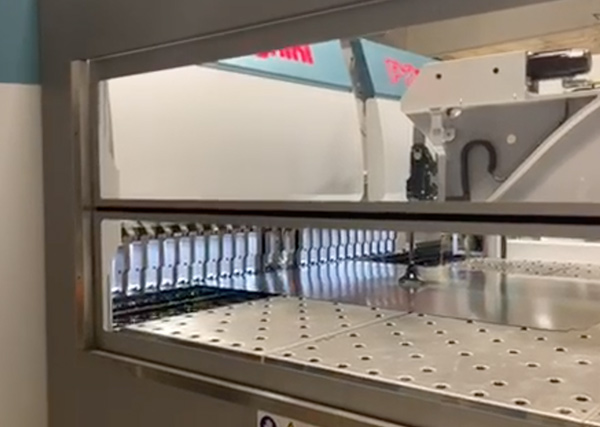
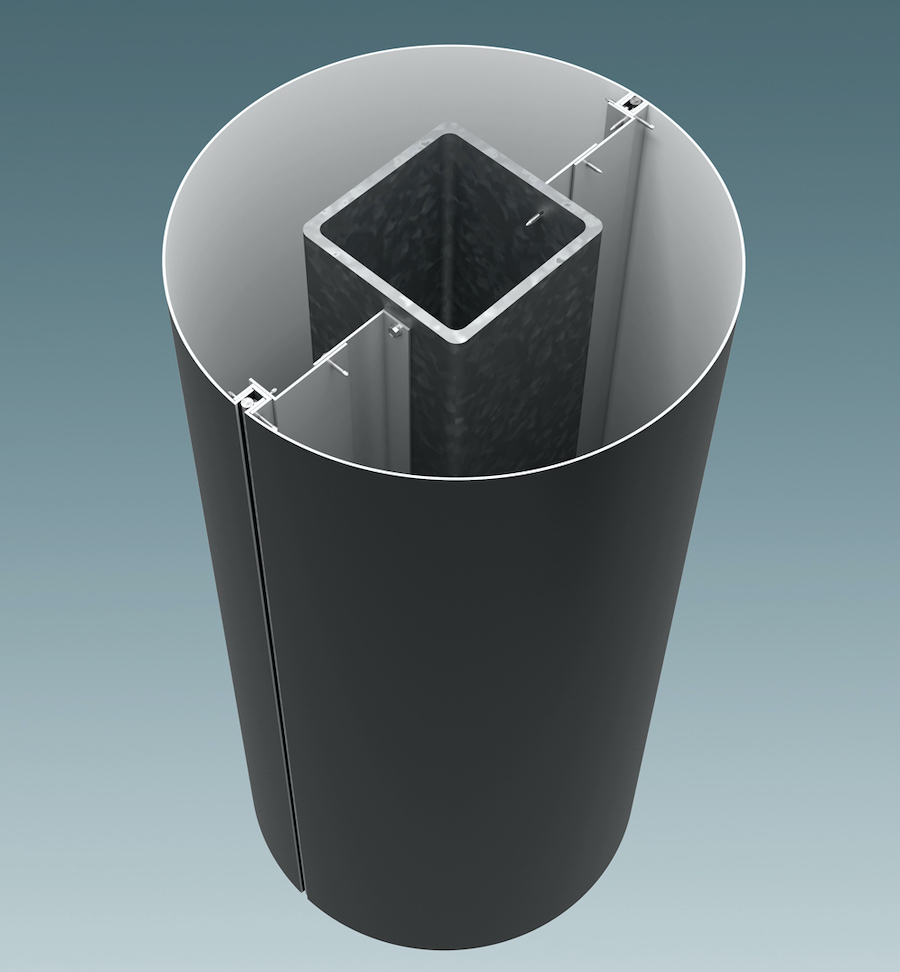

.png)
